Chosen theme: Jet Lag Solutions: Aligning Sleep and Travel. Discover practical, science-backed ways to keep your body clock in sync before, during, and after long flights. Dive in for clear routines, relatable stories, and easy tools—and don’t forget to subscribe and share your time-zone challenges.


Understand Your Body Clock
Your internal clock runs slightly longer than 24 hours and relies on environmental cues to stay aligned. When you cross time zones quickly, your sleep, hunger, and energy rhythms desynchronize. Knowing which cues shift the clock—and how fast—helps you plan resets that feel humane.
Understand Your Body Clock
Morning light advances your clock, evening light delays it. Bright natural light can exceed 10,000 lux outdoors, dwarfing indoor bulbs. Timed exposure or avoidance can shift you one to two hours per day. Use sunglasses strategically, and step outside when timing calls for a nudge.
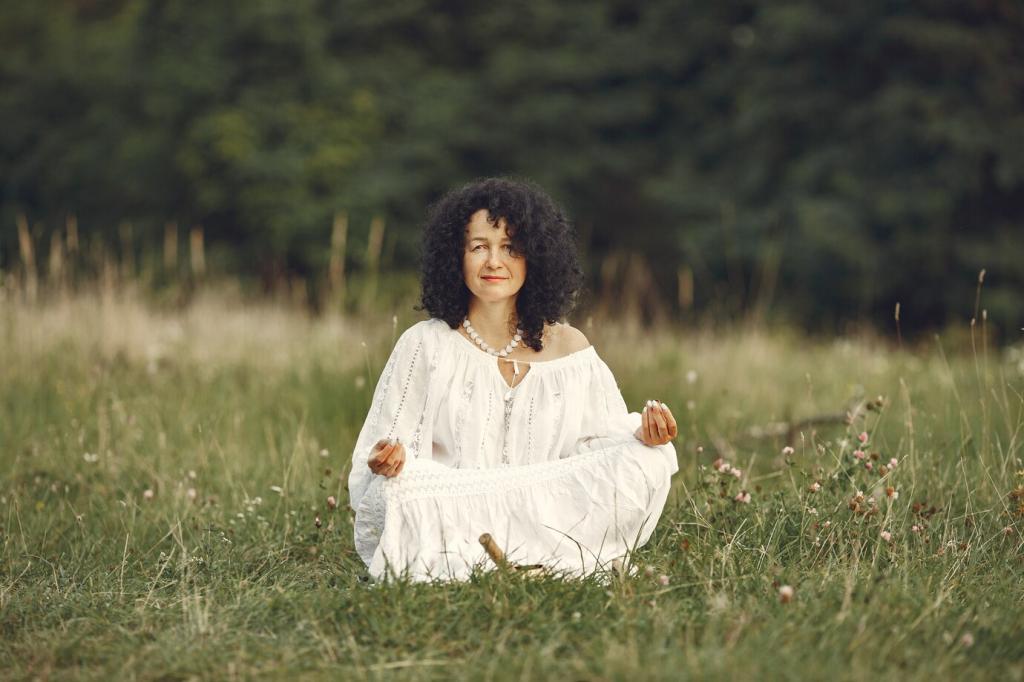

Pre-Flight Alignment Plan
Three to five days out, move bedtime and wake time 30–60 minutes toward your destination each day. Align meals and workouts to the new clock as well. Even a modest shift reduces the shock on arrival—and you will feel it when your first morning feels normal.
Pre-Flight Alignment Plan
Bring a comfortable sleep mask, soft foam or silicone earplugs, a neck pillow that actually fits your posture, and layered clothing. Add a small sachet of lavender or familiar scent to cue sleep. Download calming audio and offline playlists so turbulence does not end your wind-down.

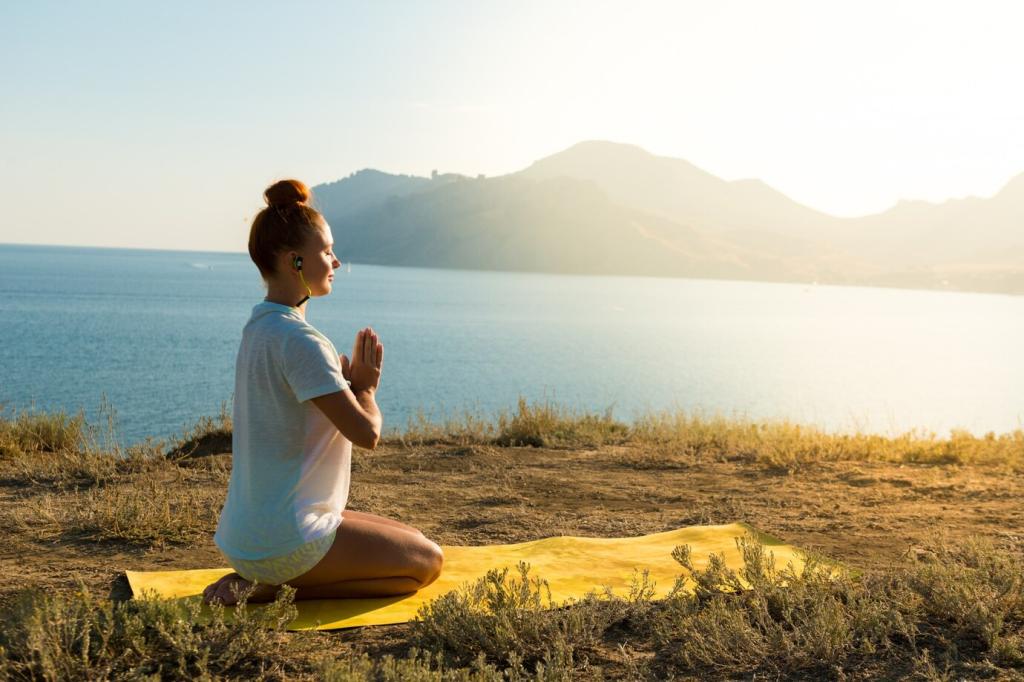
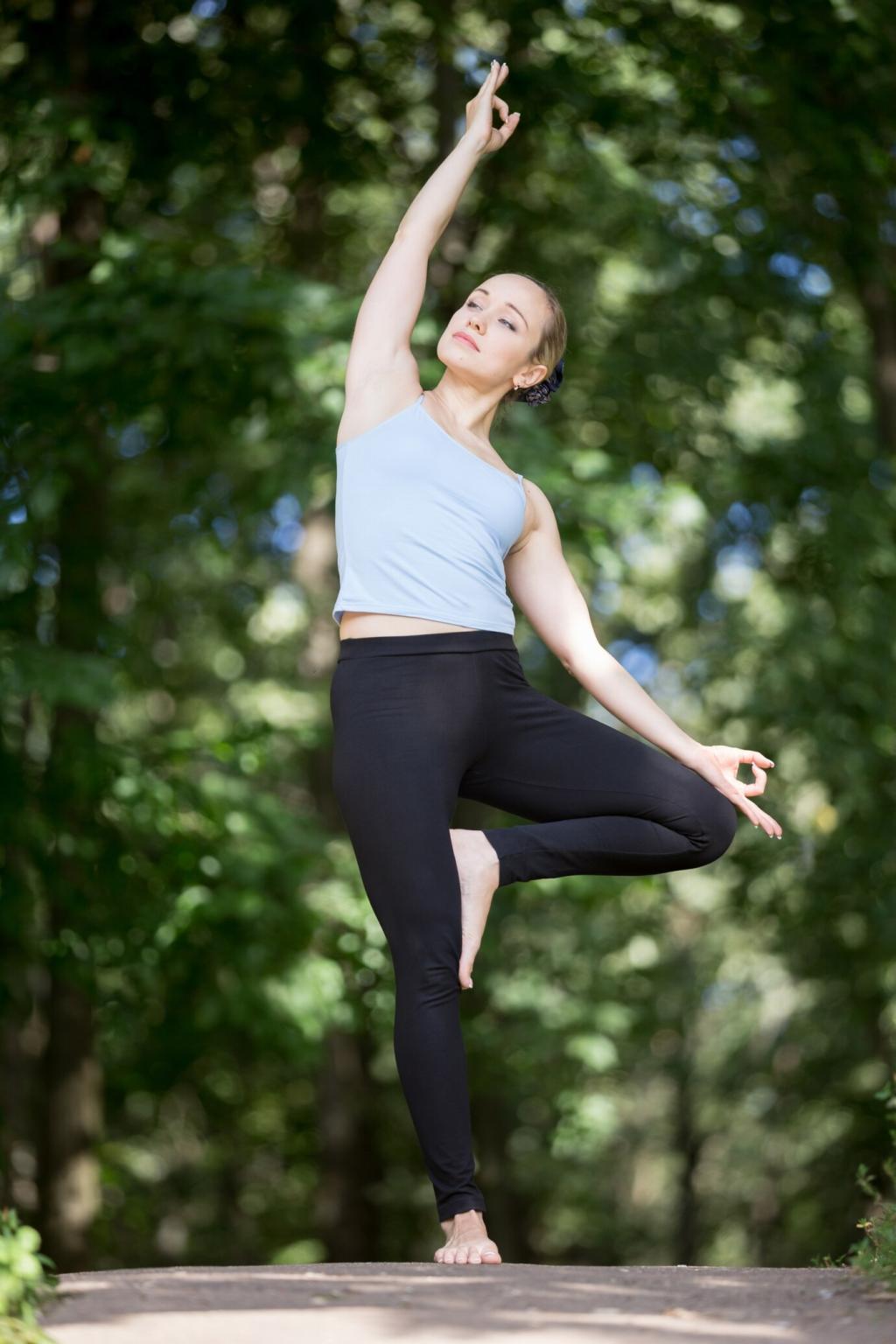
Arrival Reset Ritual
Eastbound travel usually benefits from early local light to advance the clock; westbound often needs late afternoon light to delay. If you arrive at the wrong time, use sunglasses outdoors and seek bright light at your target window. A twenty-minute brisk walk amplifies the effect.
Arrival Reset Ritual
Commit to a fixed local bedtime and wake time, even if sleep feels imperfect. Take a warm shower, dim lights, and read something low-stakes. Keep the room cool, quiet, and dark. If you wake at 3 a.m., avoid phones; practice slow breathing or a body scan, then rest quietly.

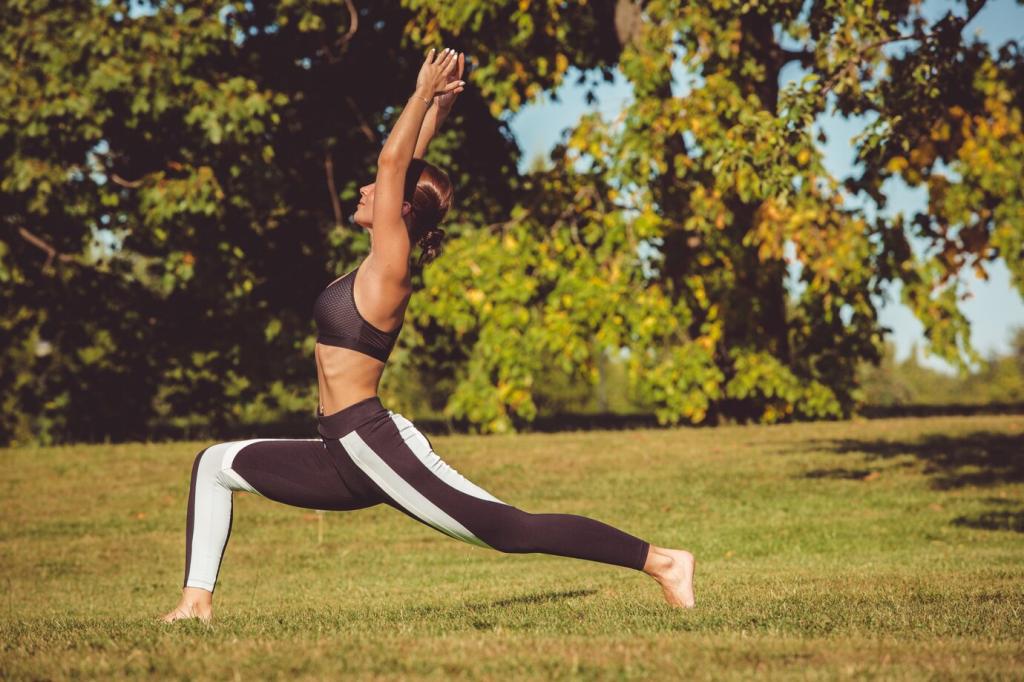
Real Trips, Real Fixes
Maya flew west for a two-day workshop. She shifted her bedtime by 45 minutes for three nights beforehand, booked a window seat, and used evening light on arrival. She skipped hotel bar drinks, walked at sunset, and slept six solid hours. Share your quick-trip tactics in the comments.


Chronotype and Planning Apps
Start with a chronotype quiz to learn whether you shift better by advancing or delaying. Then use a jet lag planner to map light exposure and sleep windows by flight. Compare plans, choose one that fits your life, and share your experience so others can learn from your routine.
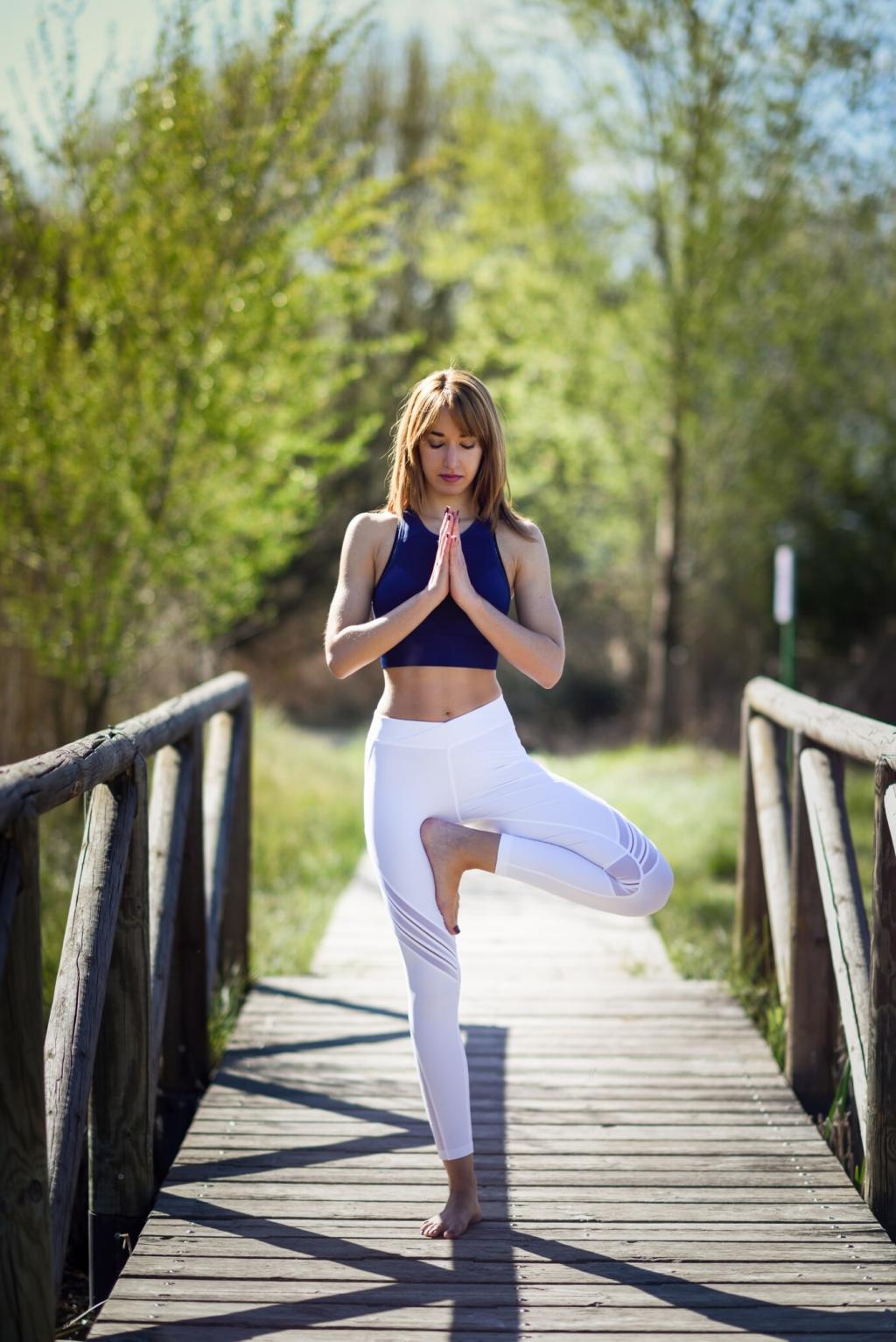
Tracking Sleep Metrics Wisely
Wearables estimate sleep stages imperfectly, but trends help. Look at consistency: time in bed, sleep onset, wake time, and resting heart rate. Celebrate direction, not perfection. If data increases anxiety, switch to a simple checklist. Comment with your favorite metrics and what you actually ignore.
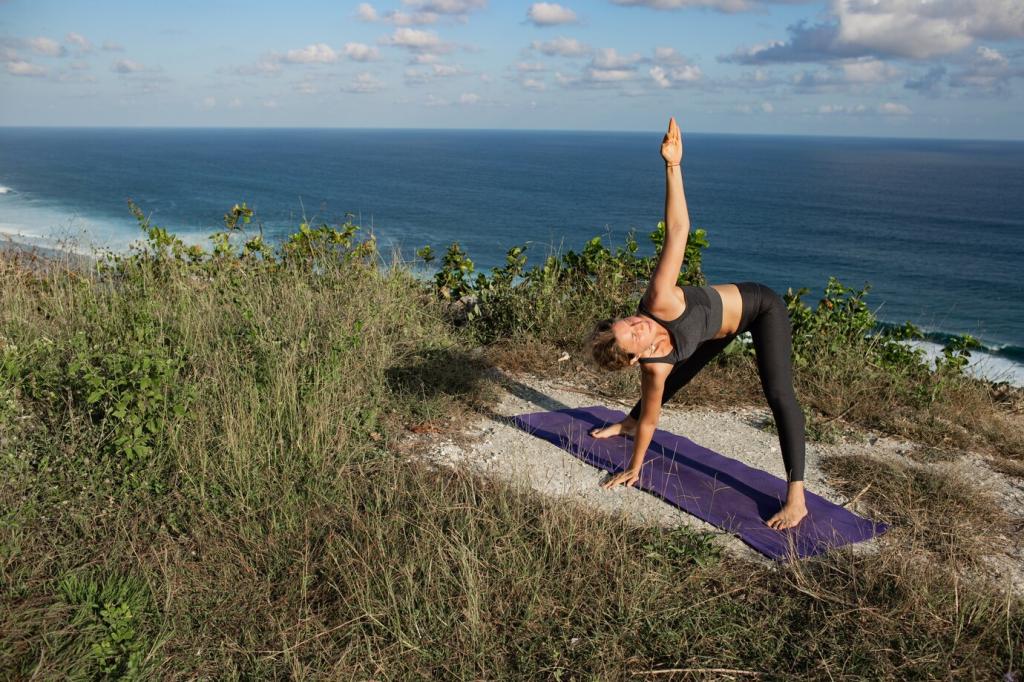
Light Therapy and Smart Alarms
Portable light boxes and dawn-simulating alarms can powerfully shift timing when used correctly. Aim bright light during your advance or delay window; avoid it when counterproductive. Keep sessions short at first to prevent headaches. Tell us which devices worked, and subscribe for our timing cheat sheets.
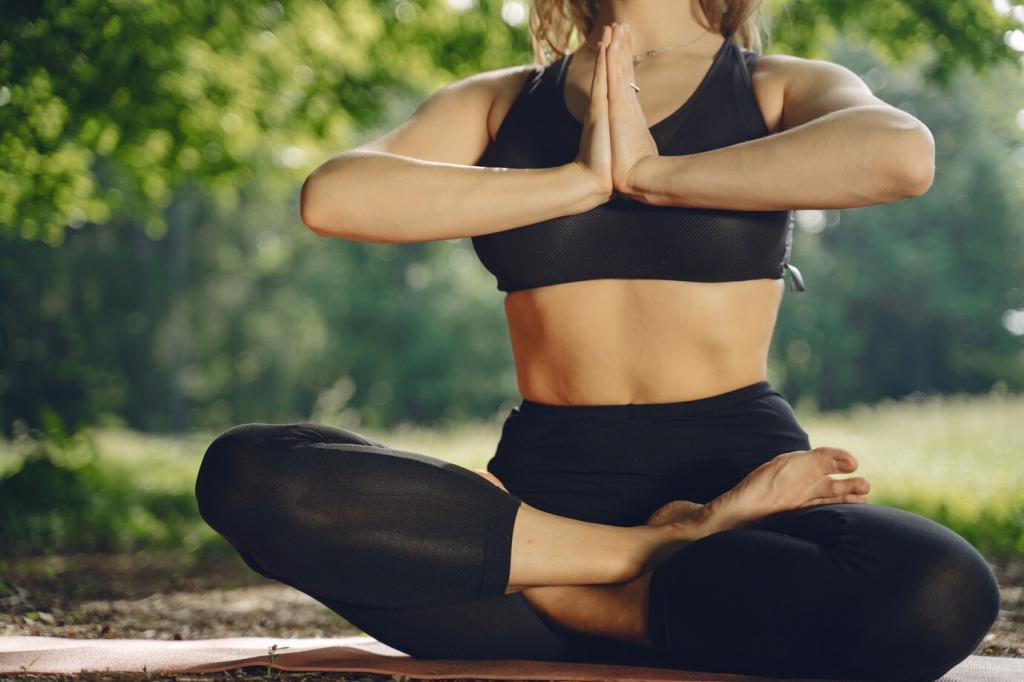
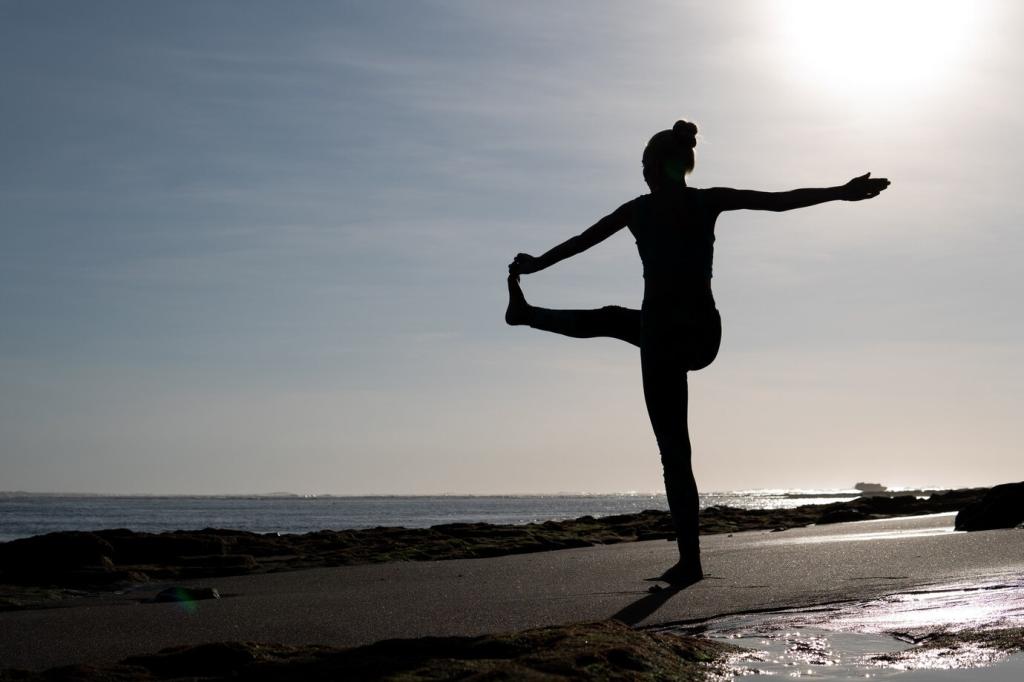

Community and Ongoing Support
What route knocked you flat, and what finally helped? Post your itinerary, sleep timing, and light exposure plan. Others with similar paths can offer tweaks. Your hard-earned lesson might be the exact solution another traveler needs this week—so speak up and compare notes generously.
Community and Ongoing Support
Sign up to get quick-start itineraries tailored to eastbound and westbound routes, holiday travel checklists, and daylight-saving reset tips. We send practical, friendly notes—not noise. Hit subscribe, then reply to the welcome email with your next destination for a personalized nudge.
